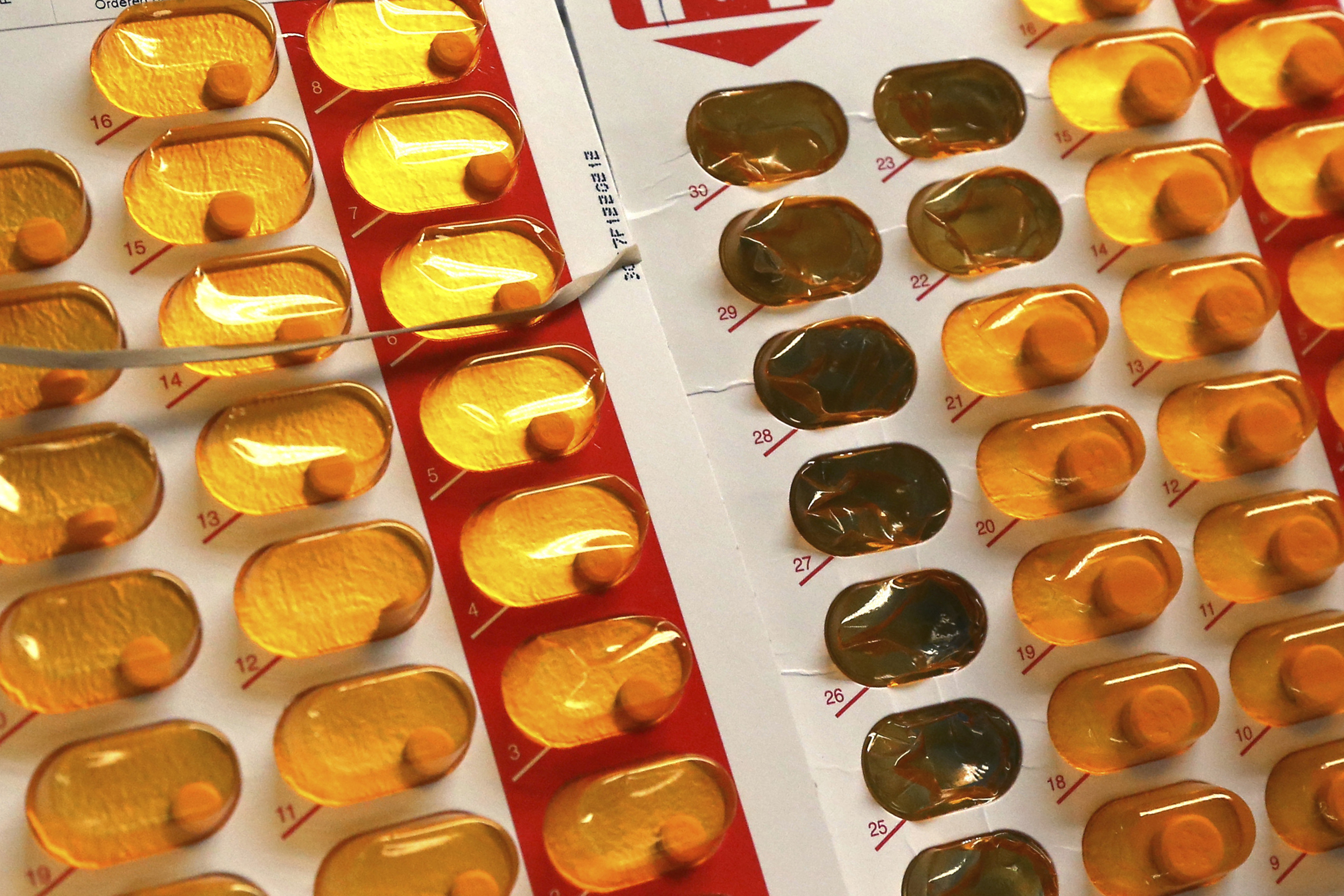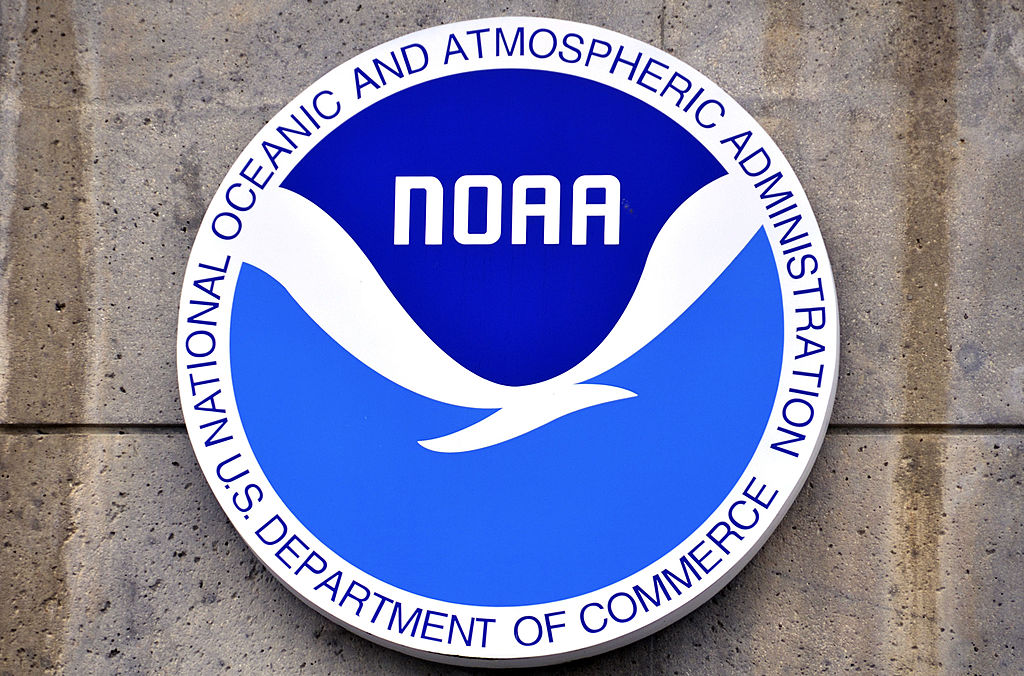Dick Hauser was an accidental Little Leaguer.
Sitting on the front porch of his Williamsport home 75 years ago, the 12-year-old was approached by a man who asked, “Can you play ball?” His name was Carl Stotz, and he was starting a youth baseball league that would supply bats, balls and uniforms -- unimaginable luxuries in Depression-era Pennsylvania.
After watching Hauser shag flies and field grounders, Stotz invited him to join.
“When you're presented the opportunity to swing a real bat instead of a stick, and play with a real ball instead of something round that had tape on it, it was awesome,” Hauser, now 87, reminisced as he watched his great-grandson -- a fourth-generation ballplayer -- take the field not far from Little League's birthplace.
Little League began with three teams and Carl Stotz's big dream: to teach boys the fundamentals of baseball along with values like teamwork and sportsmanship.
Today it's a global enterprise with 2.1 million baseball players and a long-running TV contract for its signature event, the 10-day Little League World Series, played each August in front of 40,000 fans at South Williamsport's Lamade Stadium and watched by millions more on television.
Little League is marking its 75th anniversary with a new PBS documentary, a partnership with Major League Baseball and a website that's collecting players' memories and photos.
With thousands of local leagues in 50 states and more than 80 countries, Little League's appeal remains little changed from June 6, 1939, when the eager boys of Lycoming Dairy and Lundy Lumber met in the inaugural game.
U.S. & World
Oil the glove. Lace the cleats. Play ball.
And maybe learn some life lessons.
“If the kids have fun playing the game, the Little League field can really be a classroom,” said Stephen Keener, Little League's president and CEO.
A lumber company clerk who doted on his baseball-loving nephews, Stotz saw a need for field dimensions and rules designed especially for younger boys. He promoted his idea relentlessly, and leagues patterned after Little League spread rapidly throughout the U.S., then internationally.
Stotz would later split with Little League in a legal dispute over the direction of the program, and he died in 1992. His family has since reconciled with Little League, contributing many artifacts to its museum.
“My father's goal was to see a boy wearing a baseball hat,” said his daughter, Karen Stotz Myers. “He was thrilled so many children had that opportunity.”
A progenitor of today's heavily organized youth sports, Little League has both reflected and shaped the culture.
It becomes a reality show each August, its young all-stars turned into mini-celebrities by saturation TV coverage of the World Series -- a spectacle lamented by some critics. In the 1950s, it took a stand for civil rights by confronting dozens of whites-only leagues in South Carolina. Twenty years later, it found itself on the other end of a civil rights battle, begrudgingly admitting girls amid a series of lawsuits.
Participation has declined about 20 percent from its 1997 peak of 2.6 million, likely a function of competition from other youth sports and activities. But it'll probably be around as long as kids like 5-year-old Owen Newcomer and his 7-year-old sister, Isabella, pick up a glove.
Little League is in their blood -- their mother, grandfather and great-grandfather, Dick Hauser, are alums.
“We just enjoyed being around it, and I couldn't wait for my kids to get that experience,” said their mother, Jen Newcomer, who played Little League softball.
Keener, the CEO, said he's confident that Little League will be around another 75 years.
“There's still the allure of being part of a team, of playing a game that's very special, and doing it with the kids in your community, that I think keeps Little League relevant today.”
Some important dates in the history of Little League:
- 1938: Using neighborhood boys as his guide, Carl Stotz, of Williamsport, Pennsylvania, draws up rules and field dimensions.
- 1939: First game is played June 6. Lundy Lumber beats Lycoming Dairy 23-8.
- 1947: Hammonton, New Jersey, starts first Little League outside Pennsylvania. The inaugural National Little League Tournament, the forerunner of today's Little League World Series, is played.
- 1951: The first international Little League program forms in British Columbia.
- 1956: Carl Stotz severs ties with Little League in a dispute over program's direction.
- 1957: Monterrey, Mexico, becomes the first international team to win the Little League World Series.
- 1963: ABC's "Wide World of Sports" broadcasts Little League World Series championship game.
- 1964: Little League chartered by U.S. Congress.
- 1971: Aluminum bat used for first time.
- 1974: Little League changes policy to admit girls, following lawsuits.
- 1978: Little League surpasses 6,500 local leagues.
- 1985: First live broadcast of championship game.
- 1992: Stotz dies.
- 1997: Little League baseball participation reaches peak of 2.6 million.
- 2001: Little League endures birth-certificate scandal at World Series.
- 2007: Little League introduces pitch-count limits in effort to reduce arm injuries.
- 2014: Little League celebrates 75th anniversary.



